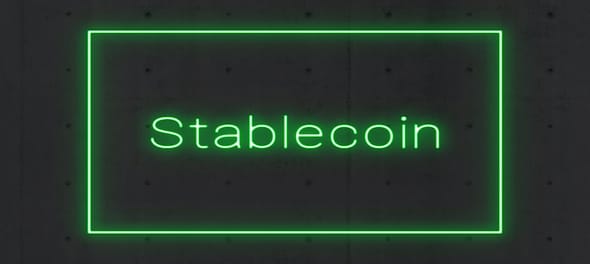
In a surprising turn of events, Binance announced on Thursday that USDC, TUSD & USDP will no longer be supported for trades after September 29. Additionally, the world's largest crypto exchange will automatically convert customer holding in these coins to its own stablecoin, Binance USD (BUSD). In this article, we learn more about BUSD and how this move could affect the stablecoin market.
What is Binance US Dollar or BUSD?
To understand BUSD, we must first understand what stablecoins are and their importance in the crypto market. Stablecoins are a bridge between fiat currency and cryptocurrency. They do not suffer the volatility associated with typical cryptos, as their value is pegged to either fiat currencies or some other commodity such as gold. Their steady prices make them perfect for usage in the digital asset industry.
Further, stablecoins can be pegged directly to the asset they follow. With this model, every coin in circulation is backed by an equal amount of fiat currency, gold, or whatever commodity the stablecoin tracks. Stablecoins can also be algorithmic in nature, where an advanced computer code creates or destroys tokens to stabilise their value. Some coins also employ a hybrid model, where a portion of the circulating supply is backed by real currency and parallelly, an algorithm also burns and mints coins to balance out any volatility.
The three largest stablecoins by market cap in the world are USDT (market cap of close to 62 billion dollars), USDC (market cap of around 54 billion dollars) and BUSD (a distant third with a market cap of 19 billion dollars). All three of these coins are pegged to the US dollar.
BUSD is a fiat-backed stablecoin. Close to 96 percent of its tokens are supported by an equivalent amount of US dollars stored in an FDIC-insured bank account, while the remaining 4 percent is backed by an equal amount of treasury bills.
Binance developed BUSD in collaboration with Paxos, the company behind USDP and PAX Gold (a gold-backed stablecoin). Therefore, it comes with the long-standing trust of two well-established firms regulated by the New York State Department of Financial Services. In addition, a top auditing firm conducts monthly audits to attest that the number of circulating tokens matches the amount of USD in the bank accounts and treasury bills.
The creation of a monopoly
As the largest crypto exchange in the world, Binance occupies a place of great importance in the growing crypto industry. This has given it an advantage in the current stablecoin market, like a store refusing to sell certain product because they have an equivalent product of their own. Of course, this wasn't the official reason to delist the three stablecoins. According to Binance, USDC, TUSD, and USDP were de-platformed to "enhance liquidity and capital-efficiency for users."
Regardless of the intentions, the move is sure to create a stablecoin monopoly on Binance. After September 29, only USDT and BUSD will remain as viable stablecoin options. Therefore, through this move, Binance is effectively side lining other stablecoins in order to promote its own. In many countries, such a move to eliminate competition or deter someone from engaging in competitive market is prohibited by law.
Not to mention, the move will also affect USDC. It is the second largest stablecoin and was touted to replace USDT to become the pack leader.
However, this development could put the brakes on its fast growth and progress. It will also boost BUSD, bringing it closer to its rivals.
Conclusion
The utility remains the same for users, regardless of who provides the stablecoins. However, the move could disrupt fair play in the market and attract the oversight of regulatory watchdogs. As far as the long-term results of this move and its impact on the future performance of the 3 stablecoins, we'll just have to wait and watch.
Check out our in-depth Market Coverage, Business News & get real-time Stock Market Updates on CNBC-TV18. Also, Watch our channels CNBC-TV18, CNBC Awaaz and CNBC Bajar Live on-the-go!


Prajwal Revanna Sexual Assault Case: Activist raises concerns over political interference, delayed investigation in the matter
Apr 30, 2024 10:17 PM
Lok Sabha Election 2024: Baramati election outcome will decide the future of Pawar dynasty, says expert
Apr 30, 2024 10:08 PM
Lok Sabha elections 2024: Baramati to Mainpuri, key battles in phase 3
Apr 30, 2024 7:01 PM

